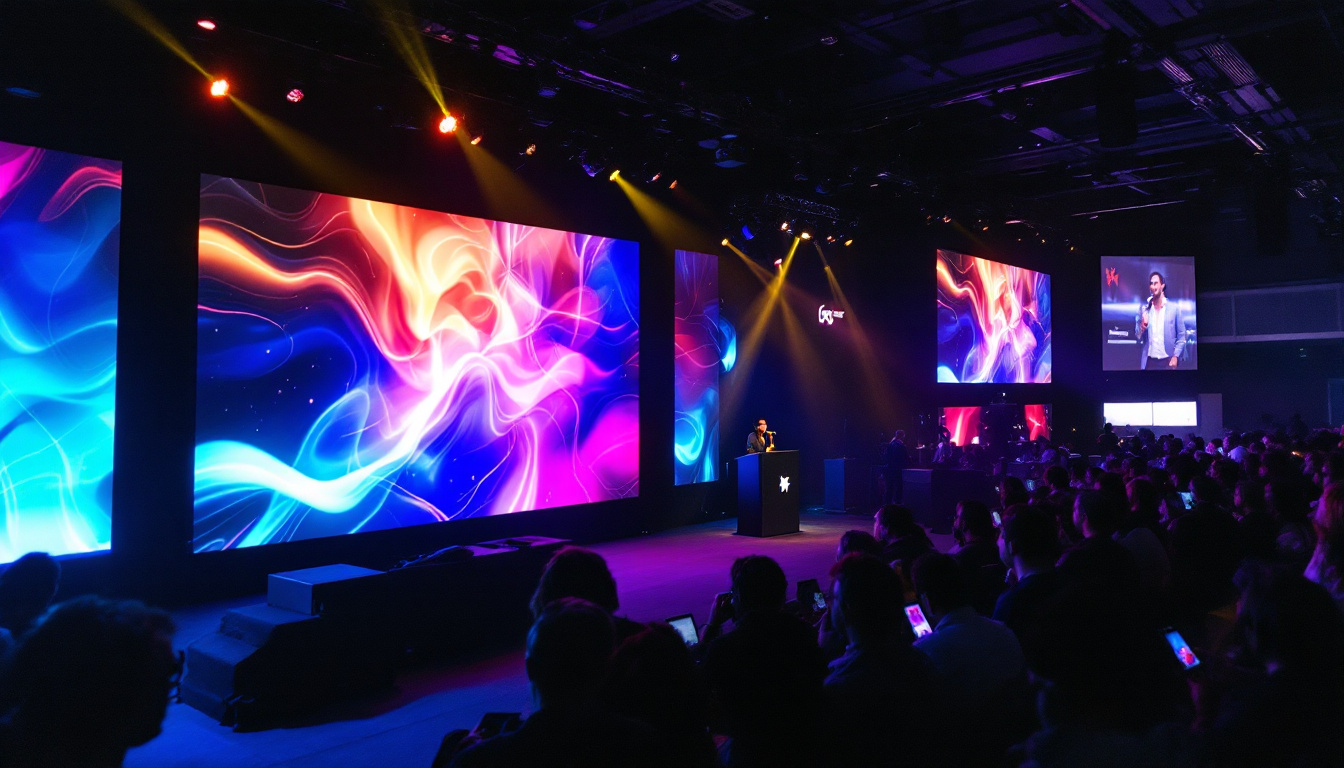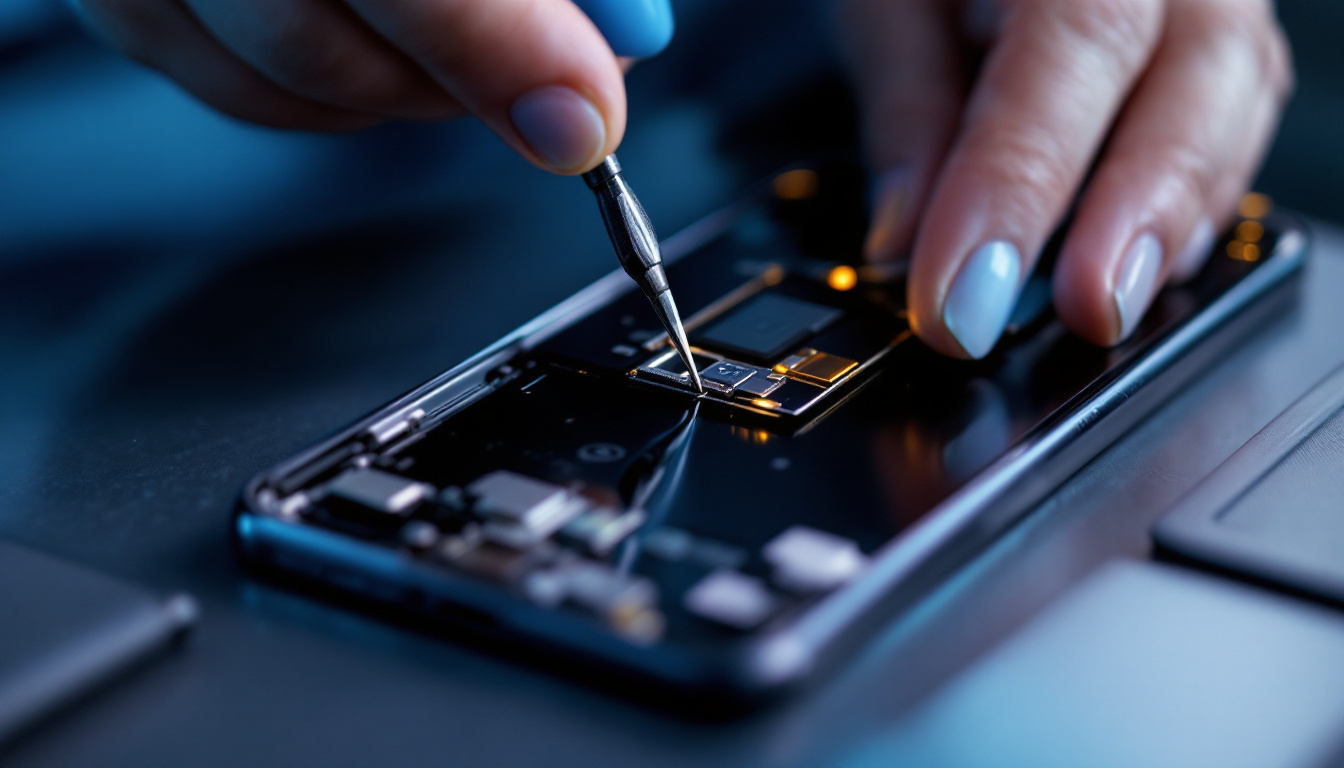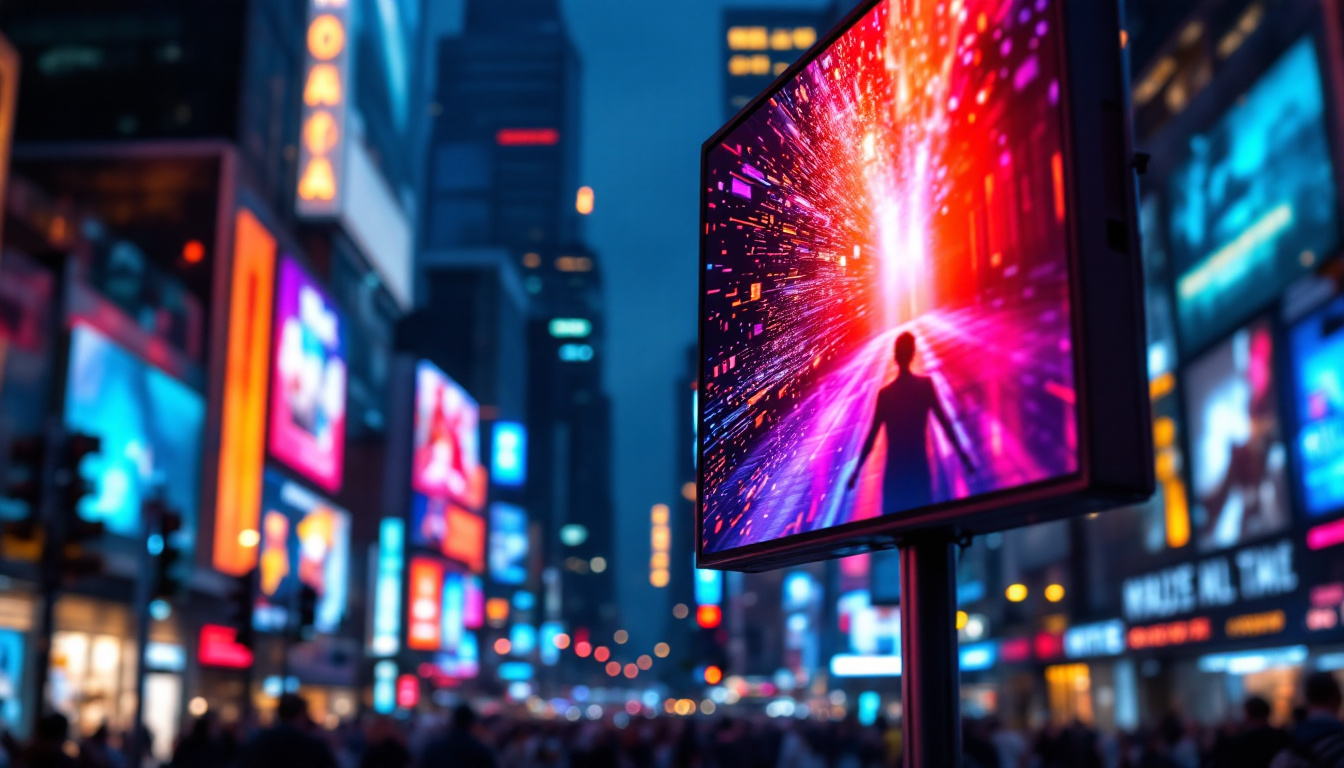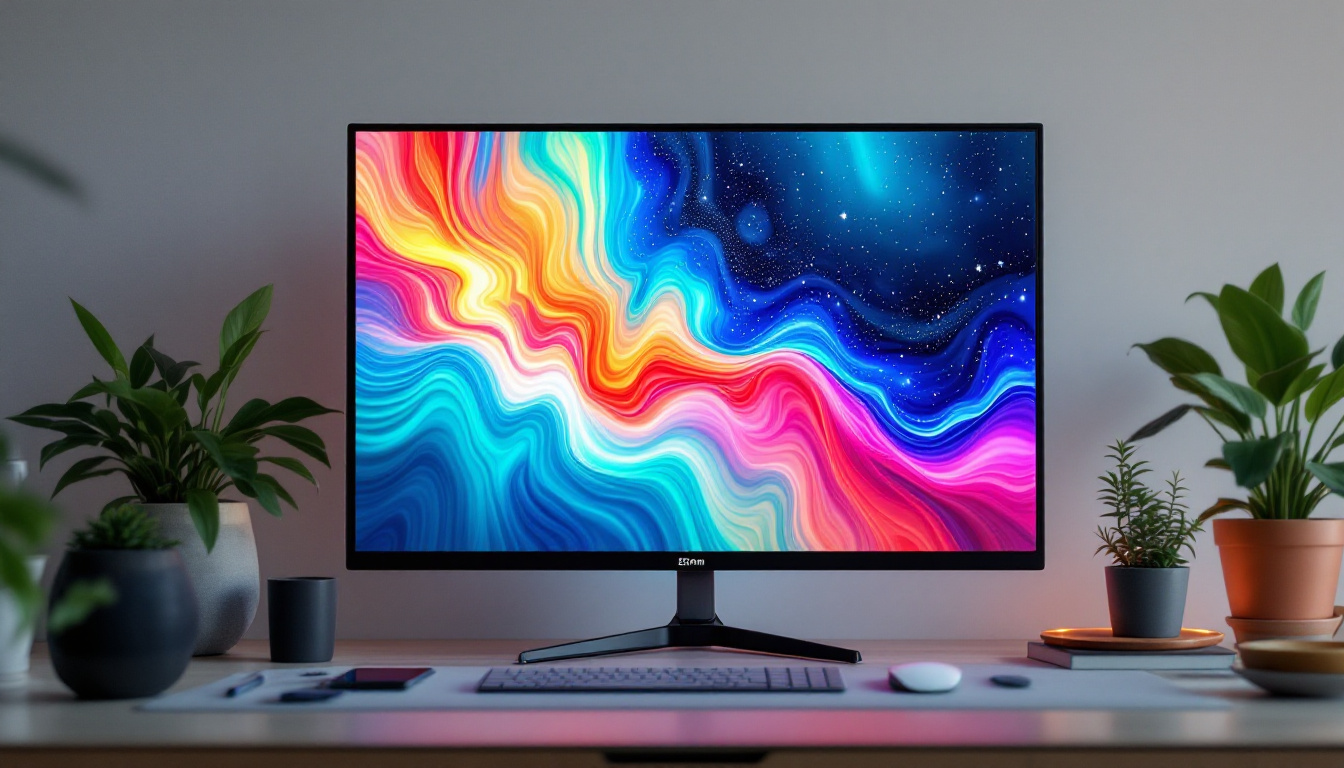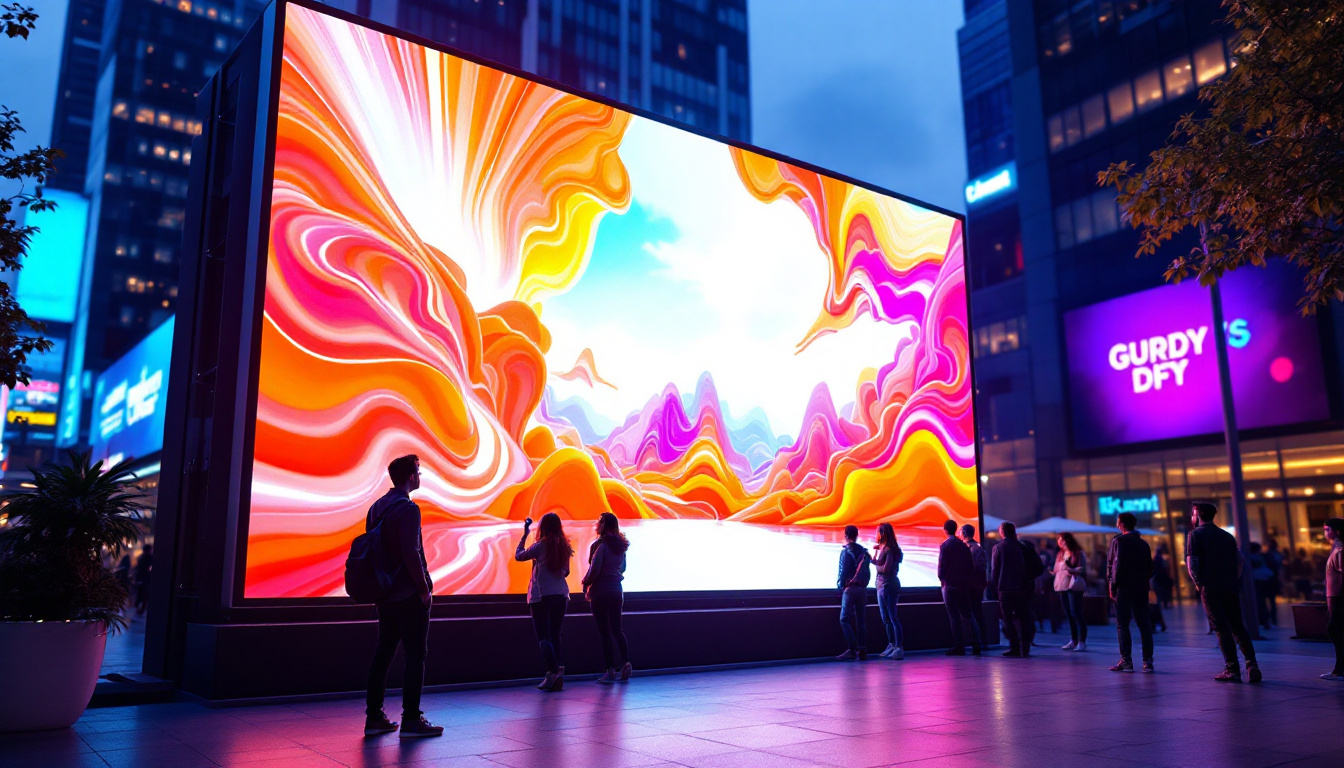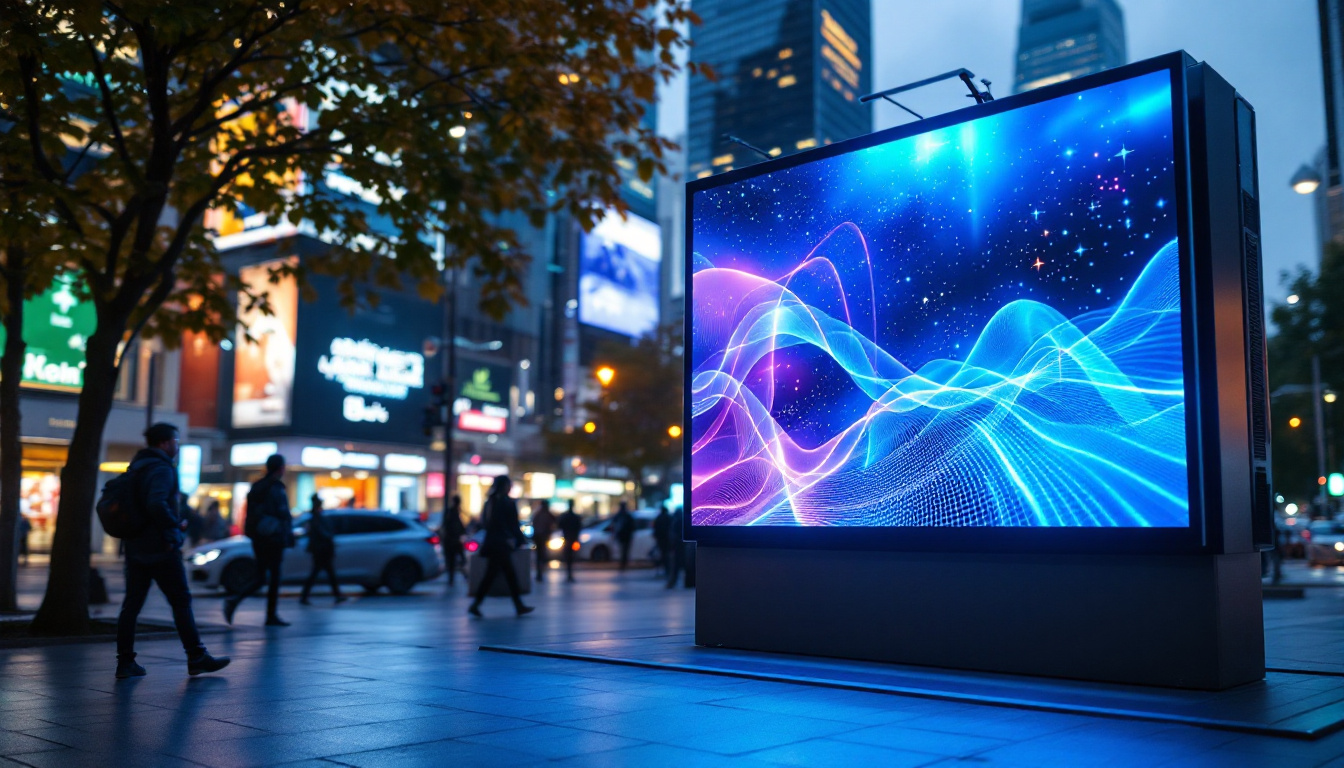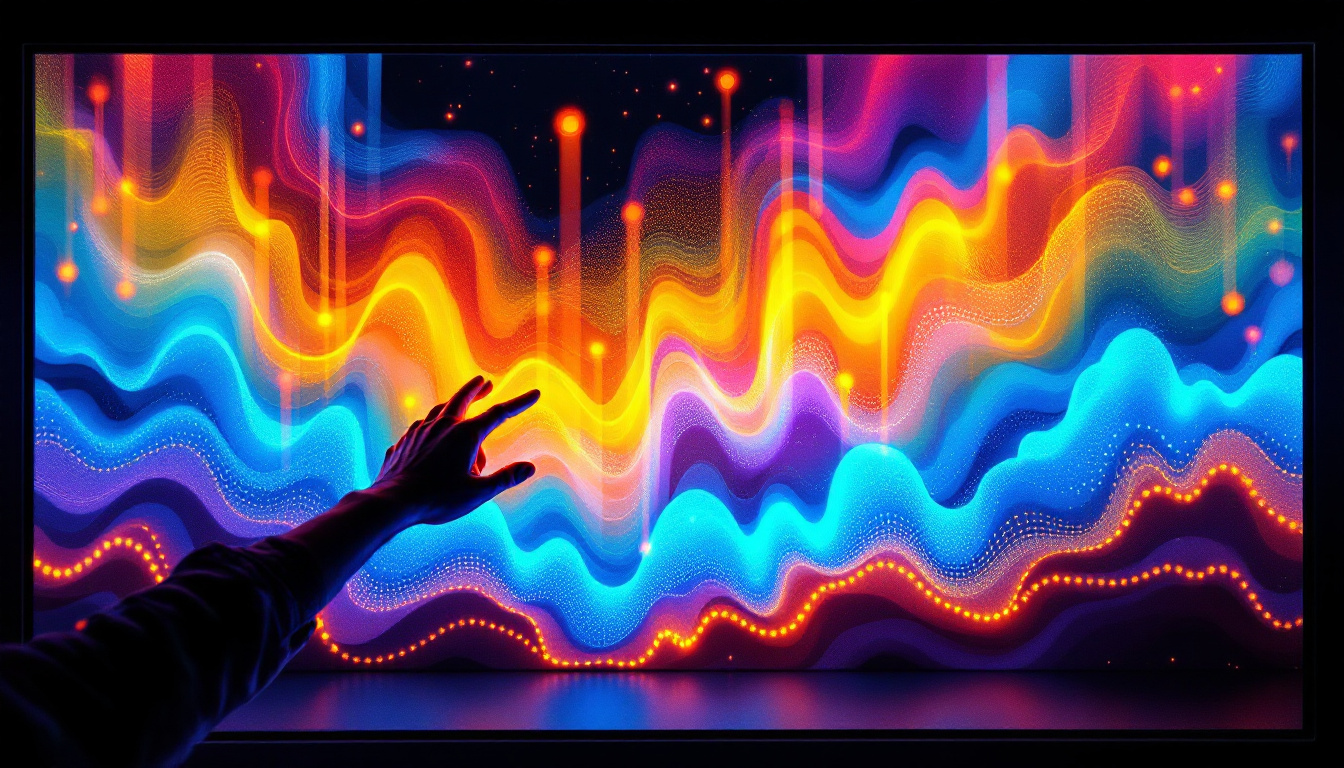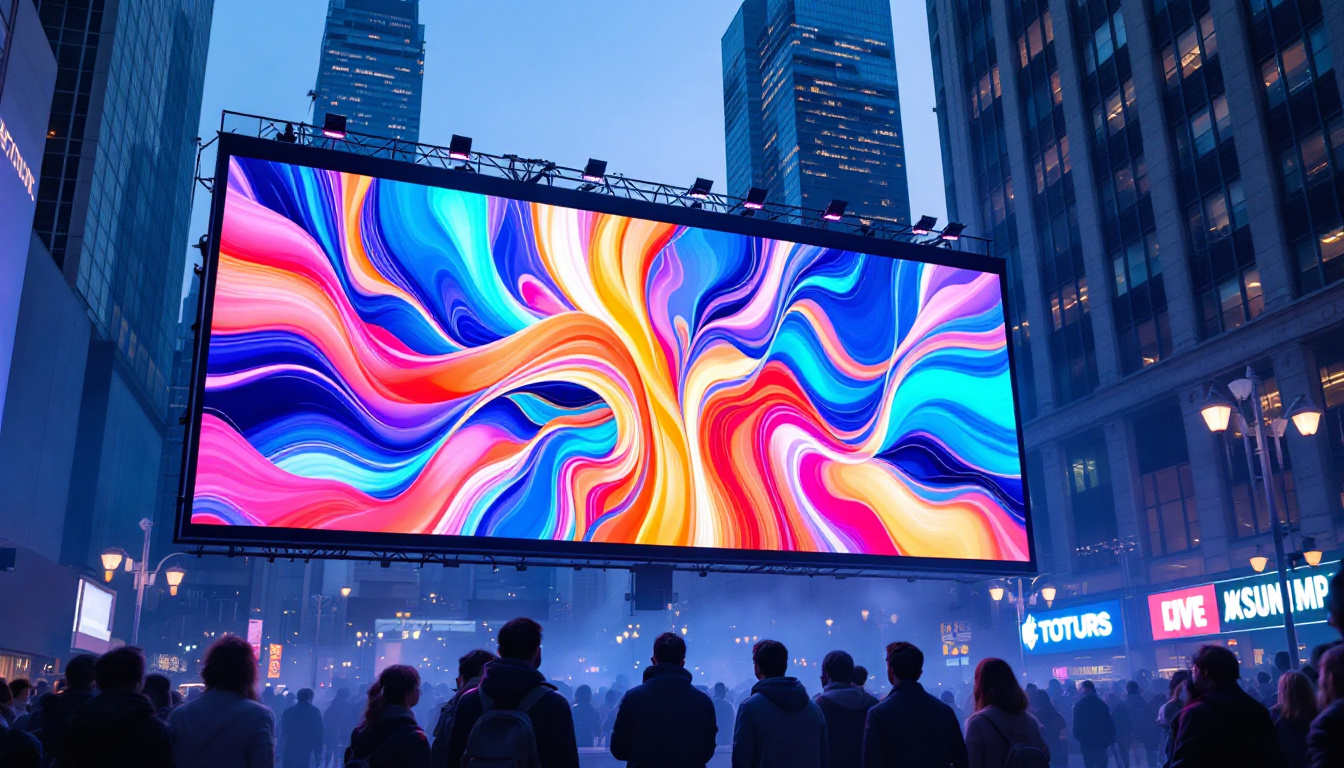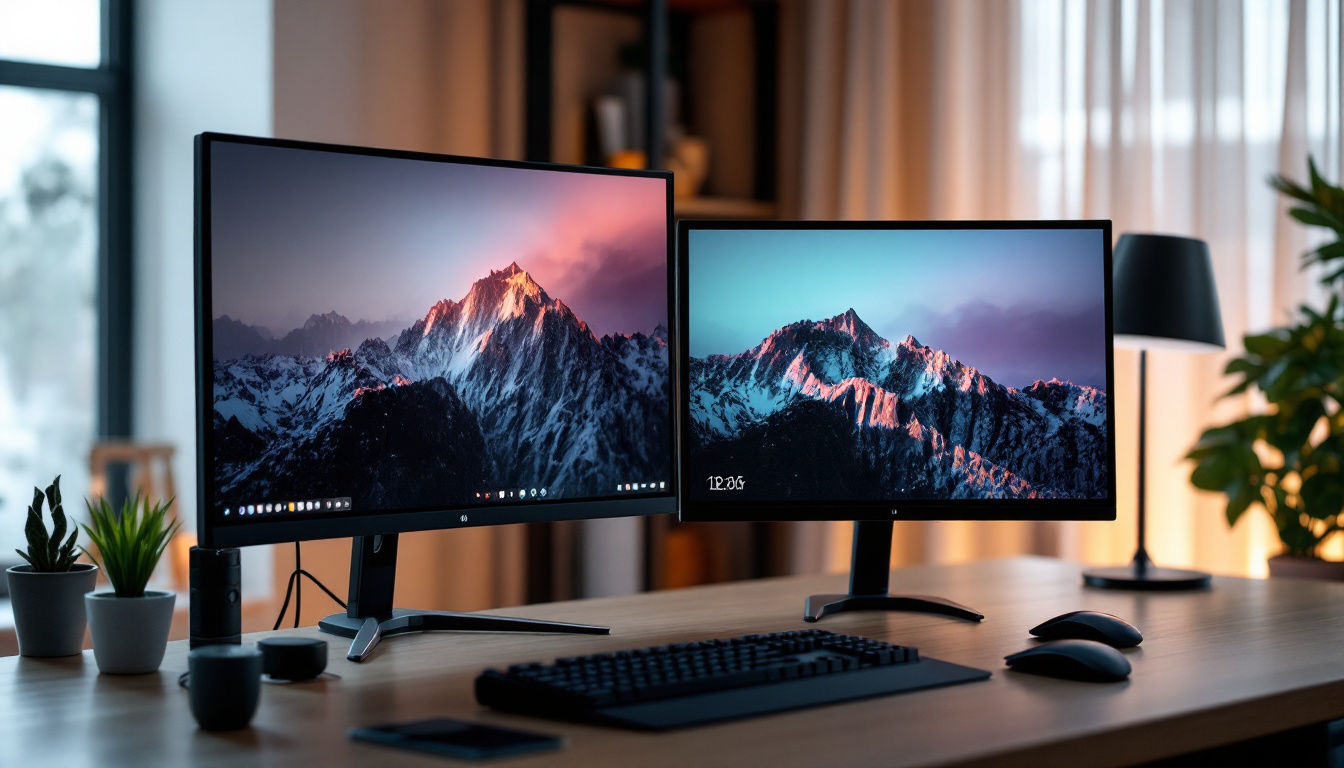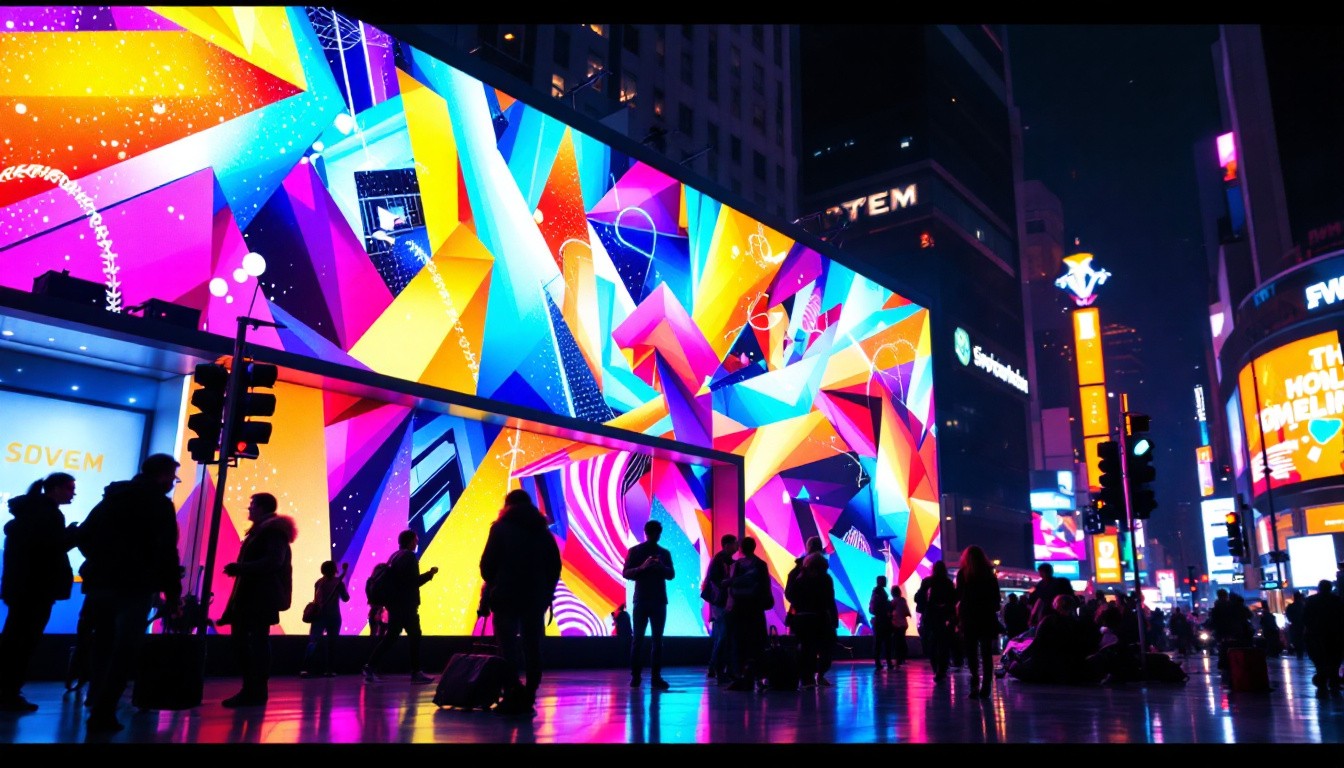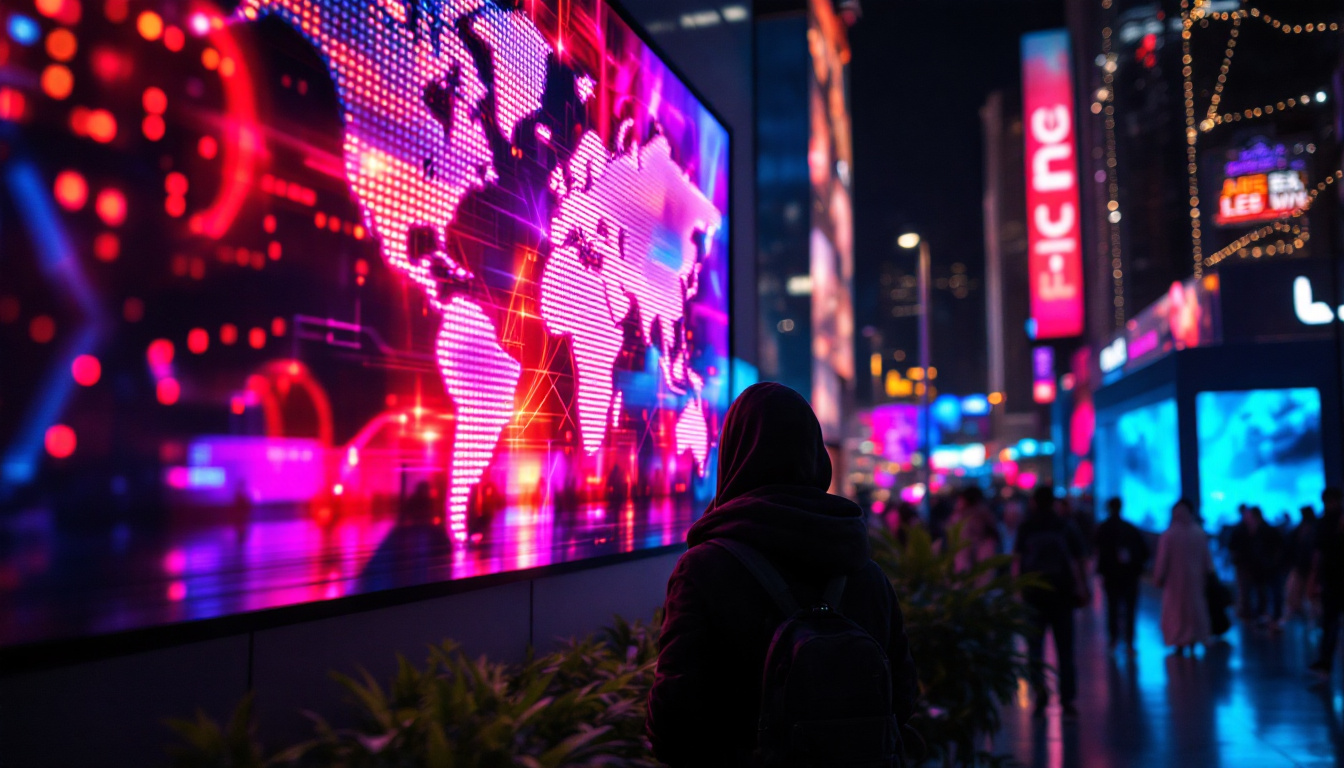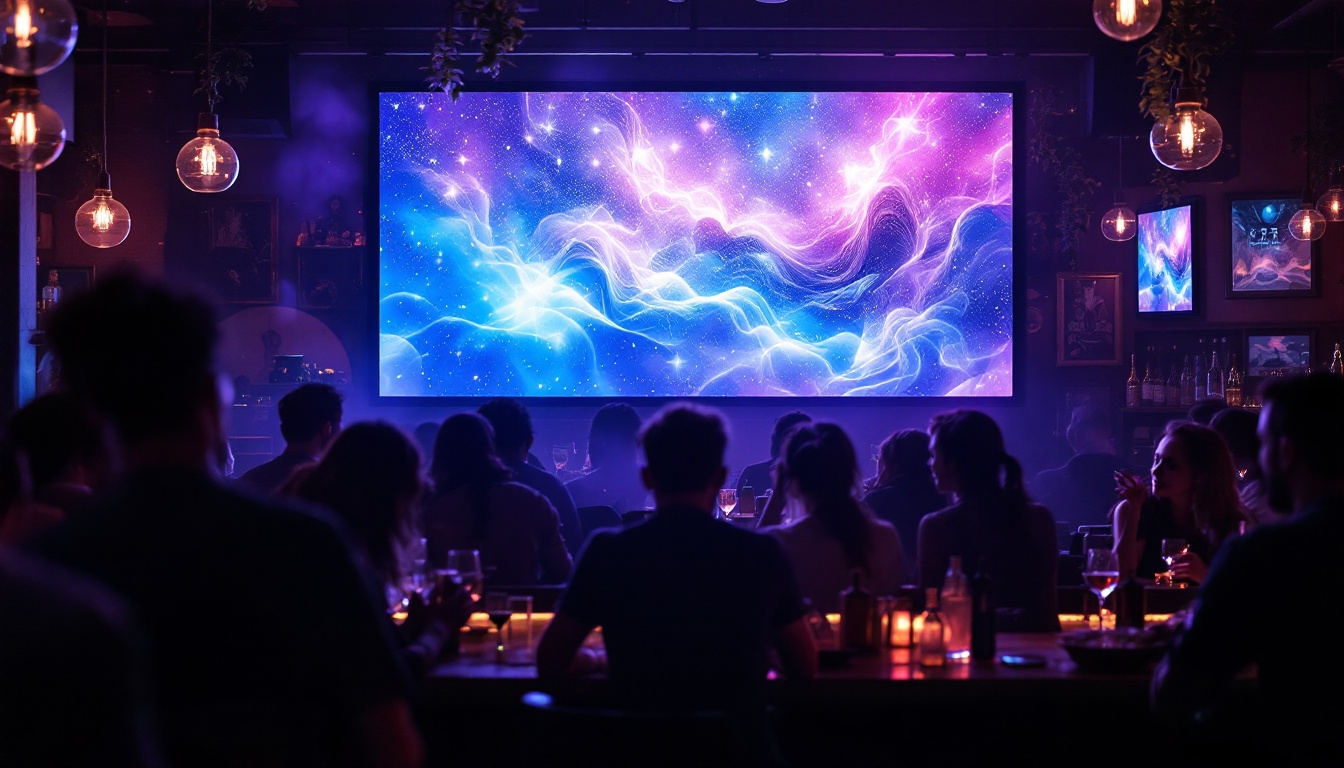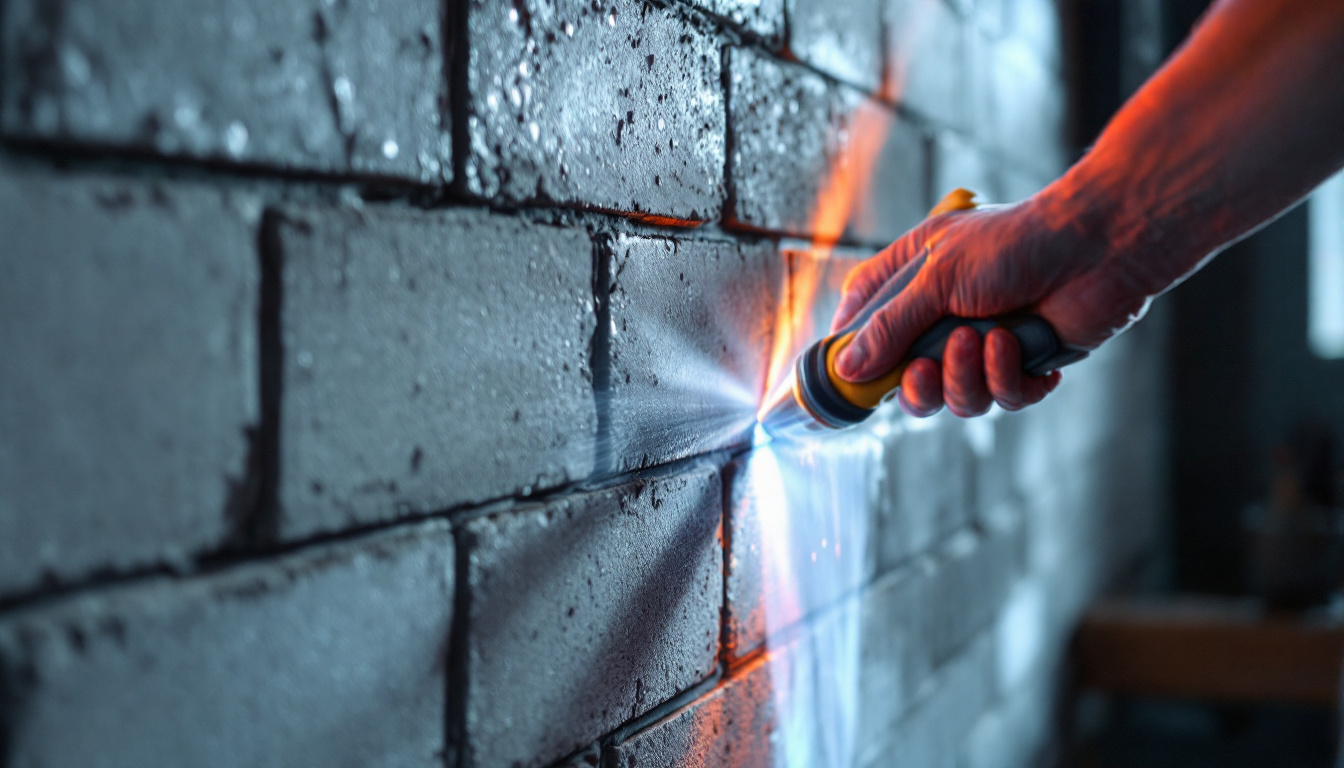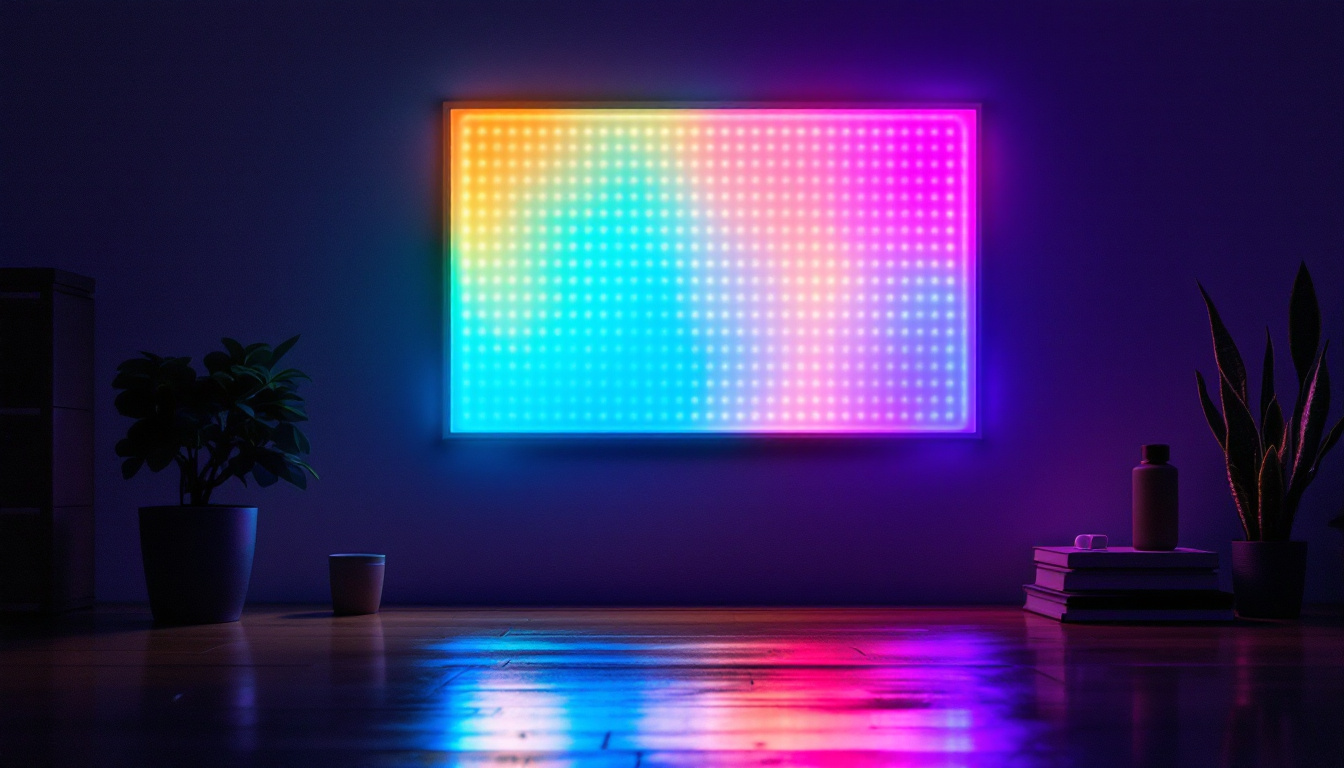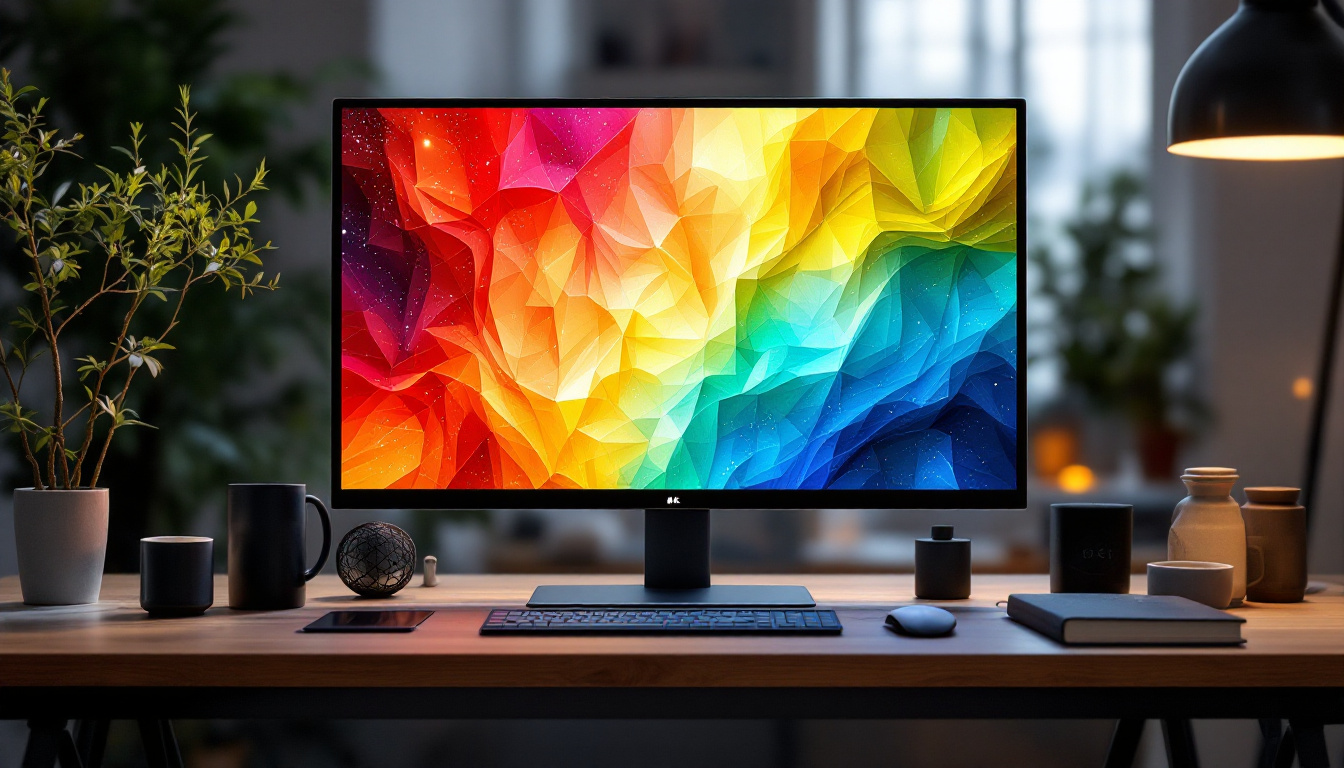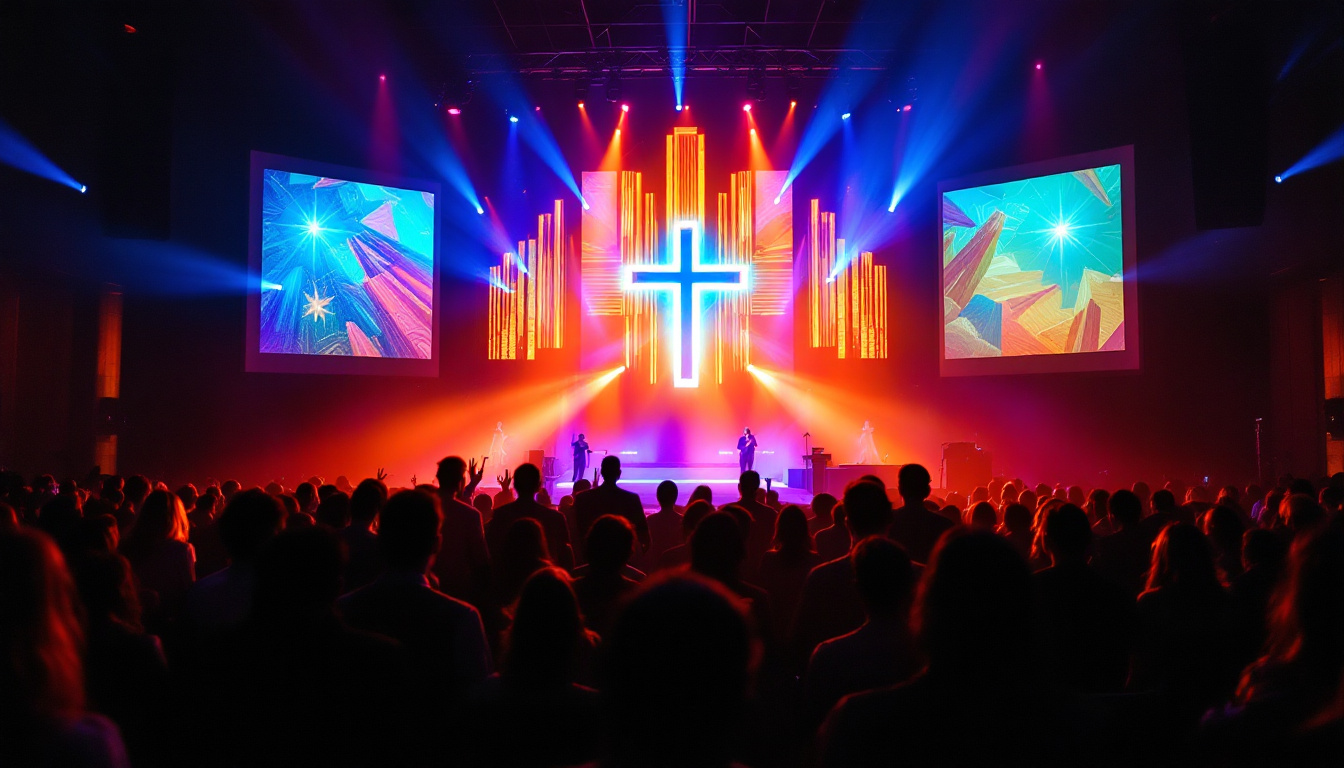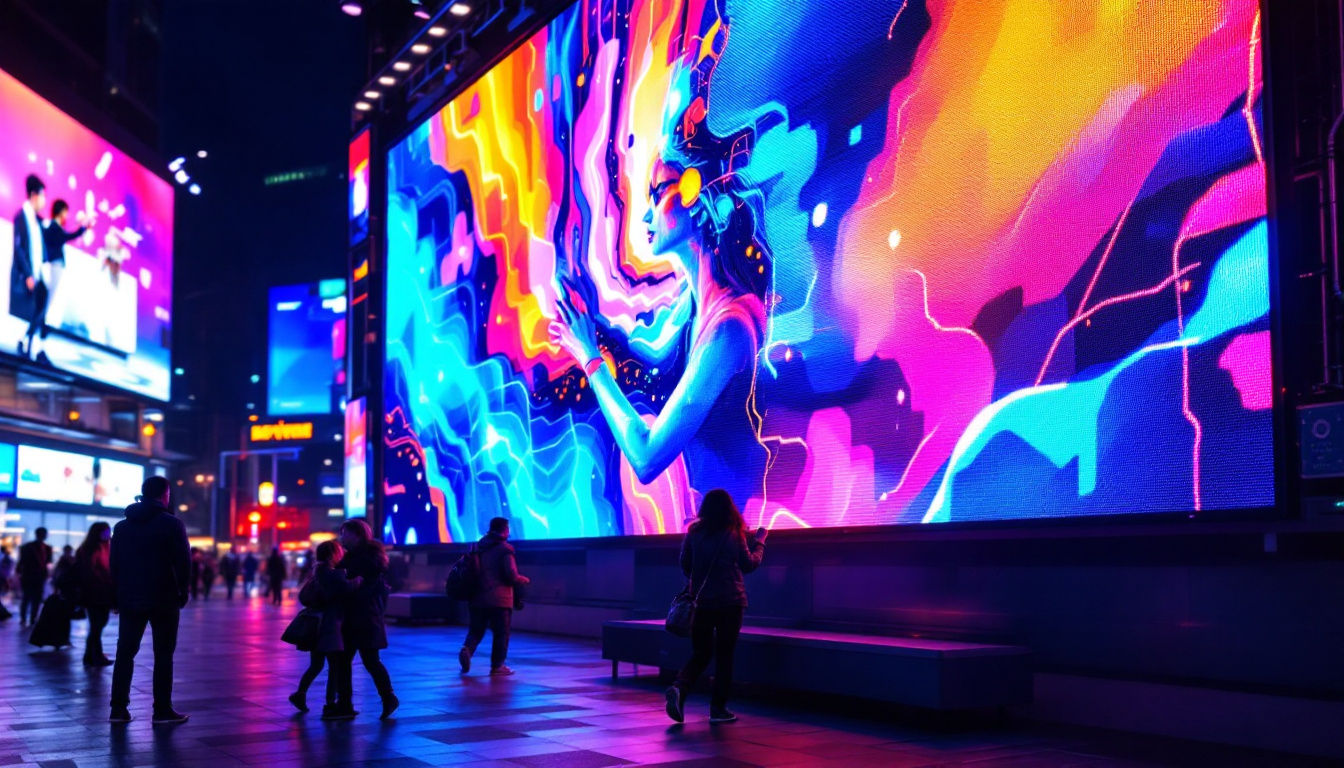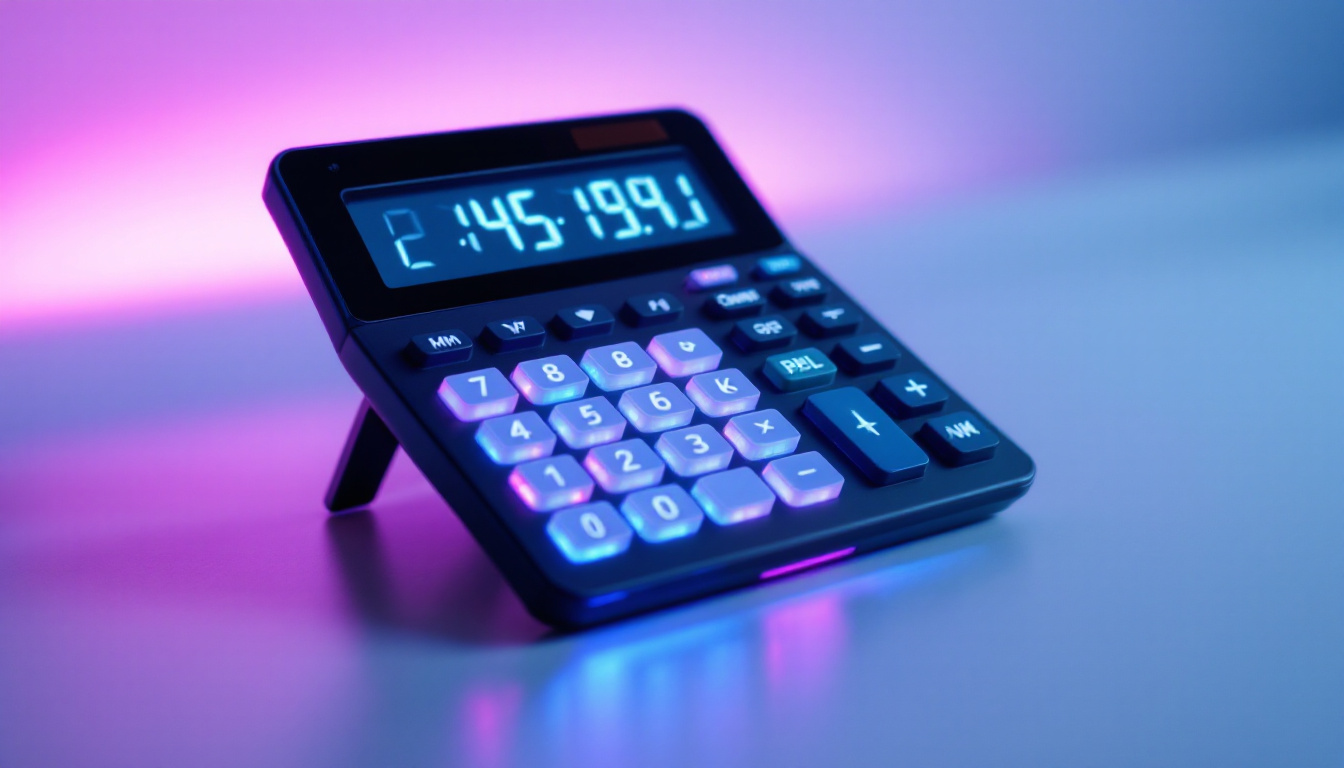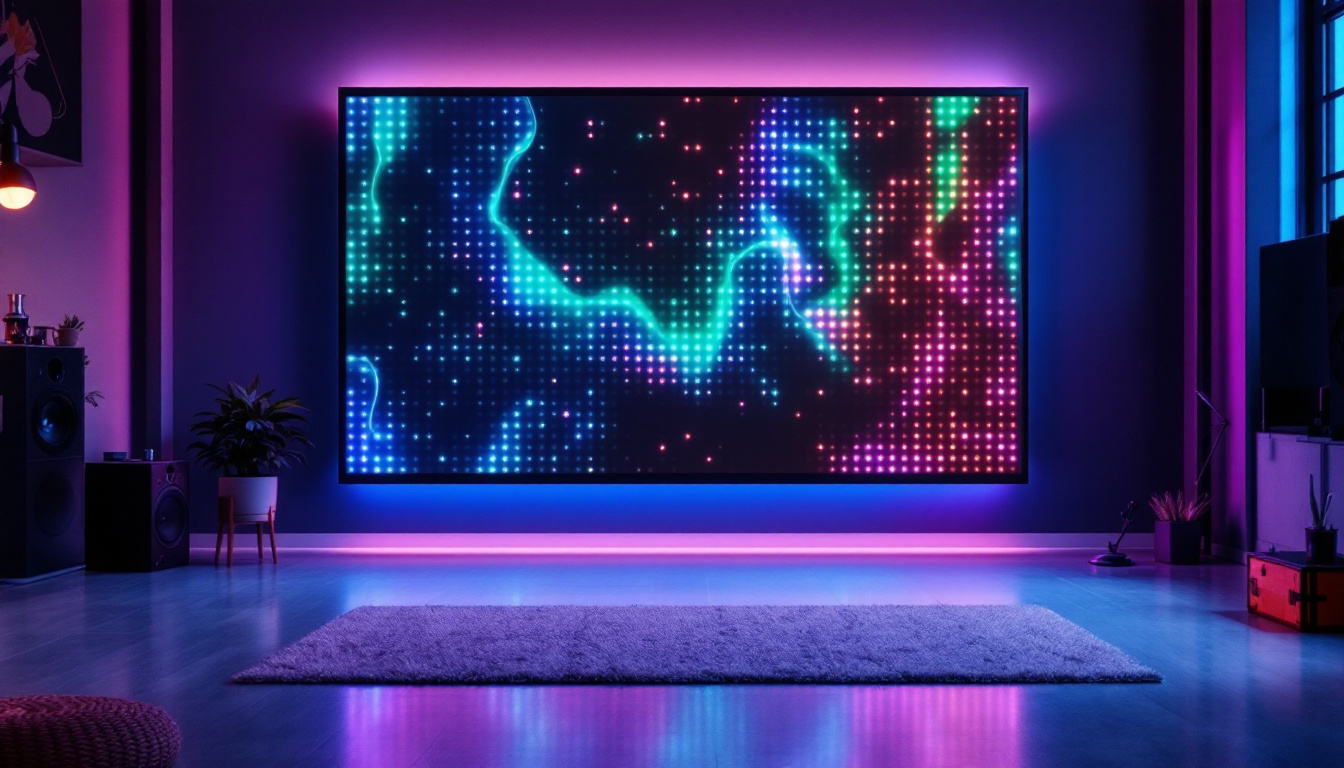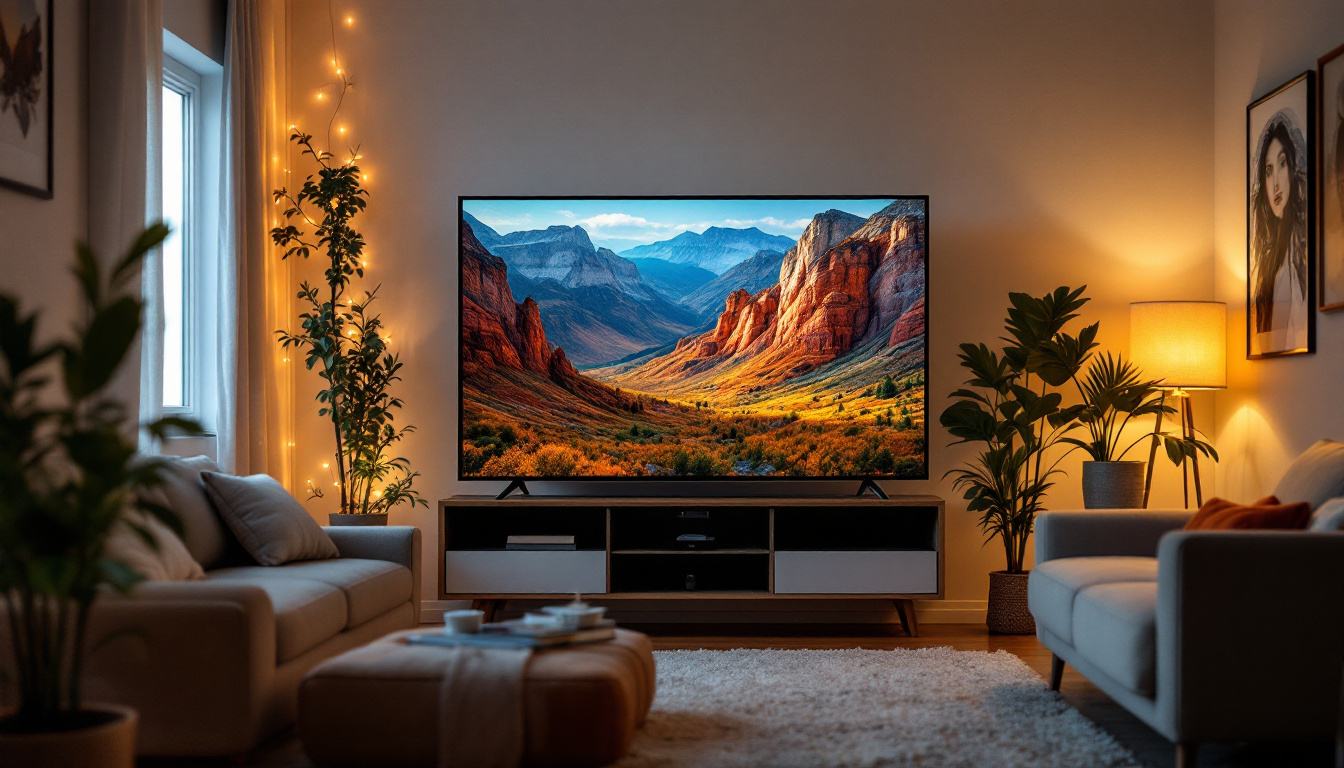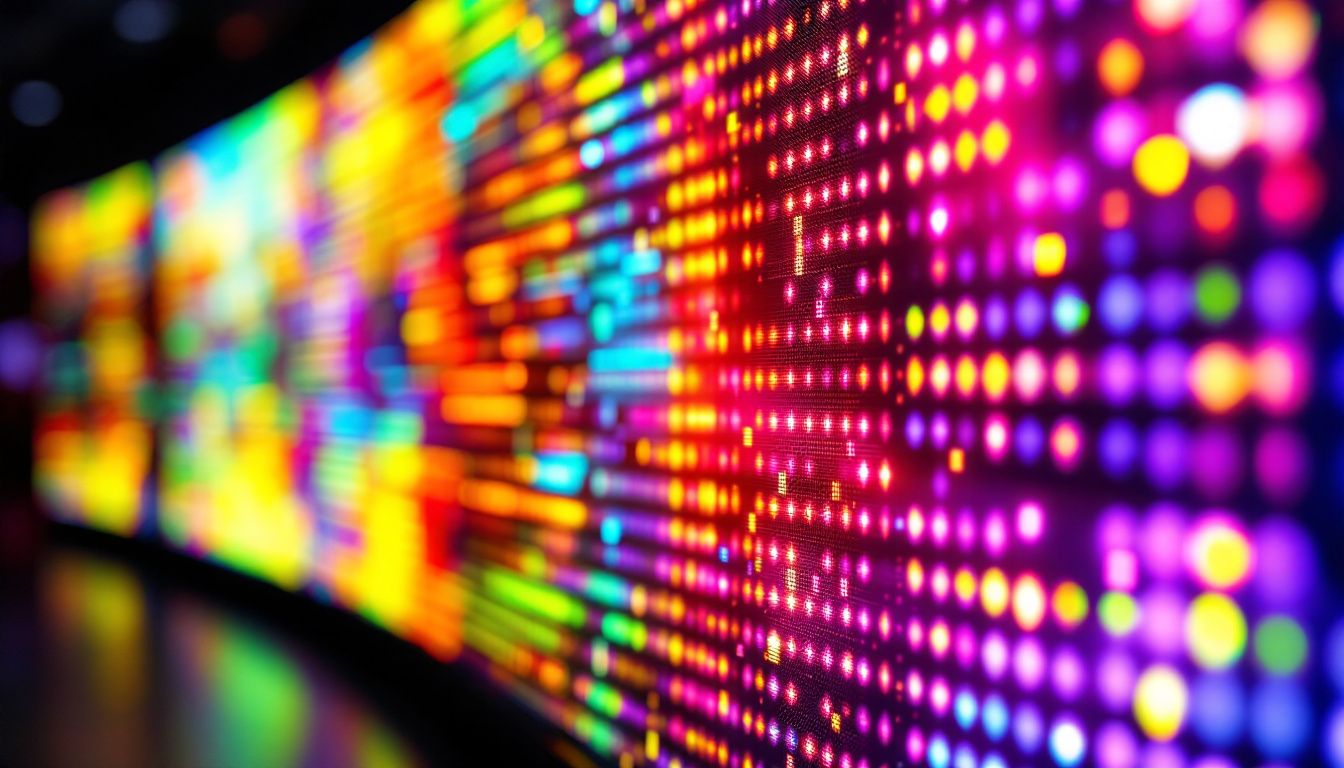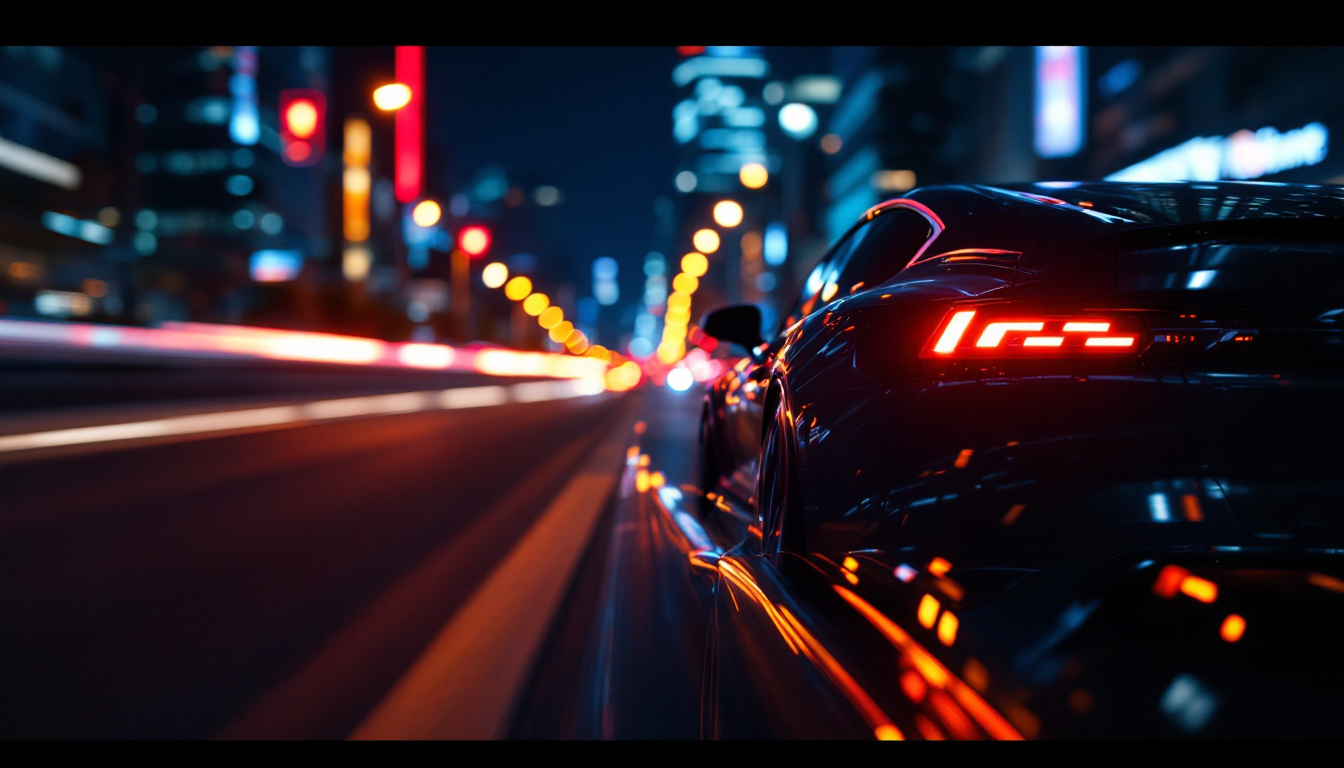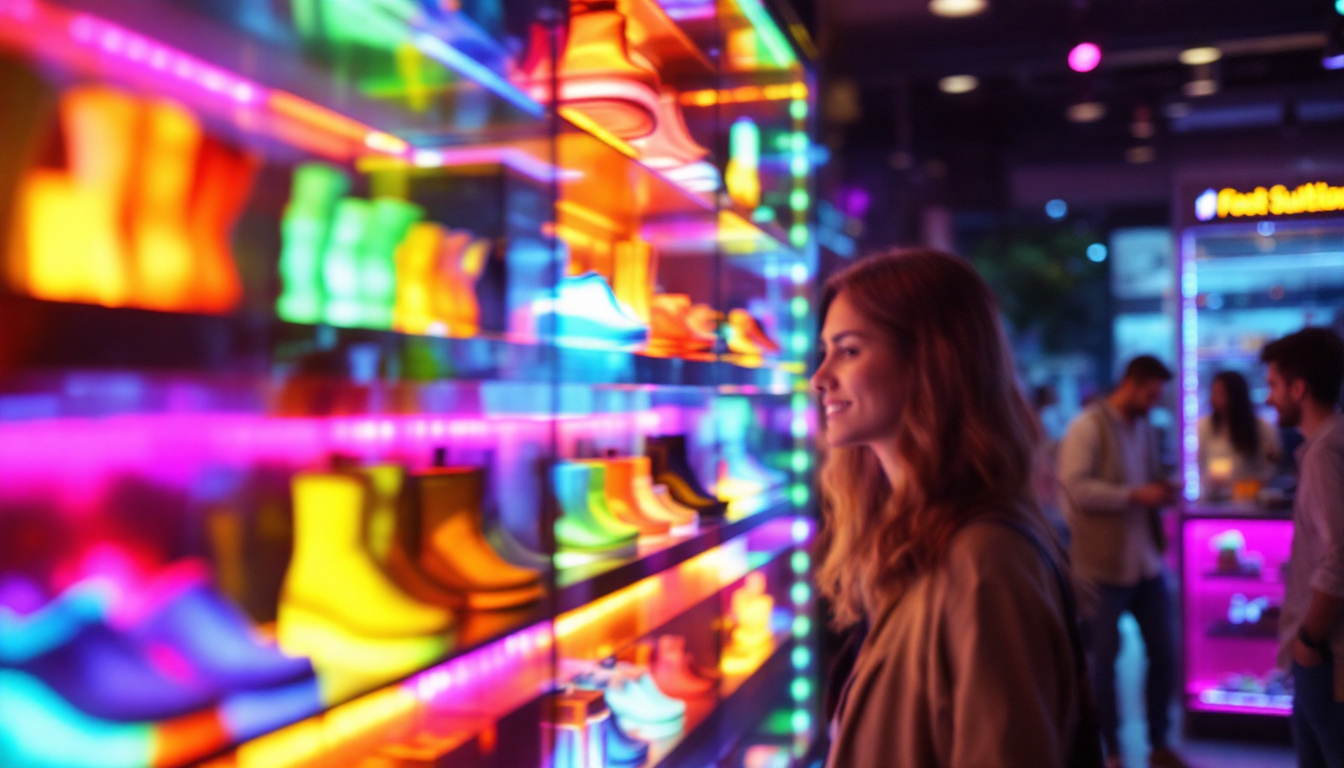In the realm of modern technology, LED displays have emerged as a popular choice for both commercial and residential applications. Their versatility and high-quality visuals make them ideal for a variety of settings, from advertising screens to home theaters. However, the installation of these displays requires careful consideration, particularly when it comes to mounting solutions. One such solution is the L bracket, a crucial component that ensures stability and safety for wall-mounted LED displays.
Understanding LED Displays
LED displays utilize light-emitting diodes to produce vibrant images and videos, making them a preferred option for many users. Their advantages over traditional display technologies are numerous, including energy efficiency, longevity, and superior brightness. As the demand for high-quality visual content continues to rise, understanding the basic principles of LED technology becomes essential.
What is an LED Display?
At its core, an LED display is a flat panel that uses an array of light-emitting diodes to create images. These panels can be found in various forms, including large outdoor billboards, indoor screens for events, and even smaller displays for personal use. The technology behind LED displays allows for a wide range of colors and high contrast ratios, resulting in sharp, clear visuals. The versatility of LED displays also means they can be configured in various shapes and sizes, allowing for creative installations that can enhance any environment, from retail spaces to art exhibitions.
Types of LED Displays
LED displays can be categorized into several types based on their application and design. Common types include:
- Direct View LED: These displays consist of individual LEDs that form the entire screen, providing excellent brightness and color accuracy.
- LED-backlit LCD: These displays use LEDs to illuminate an LCD panel, offering improved contrast and energy efficiency compared to traditional LCDs.
- Organic LED (OLED): A newer technology that utilizes organic compounds to emit light, OLED displays are known for their deep blacks and wide viewing angles.
Benefits of Using LED Displays
LED displays offer numerous advantages that make them a popular choice across various industries. Some key benefits include:
- Energy Efficiency: LED technology consumes significantly less power compared to traditional display technologies, making it an environmentally friendly option.
- Longevity: LED displays have a longer lifespan, often lasting tens of thousands of hours before needing replacement.
- High Brightness: They provide excellent visibility in various lighting conditions, making them suitable for both indoor and outdoor use.
In addition to these benefits, LED displays are also known for their rapid response times, which is crucial for applications requiring real-time updates, such as stock tickers or live event broadcasting. The ability to display dynamic content seamlessly enhances viewer engagement, making LED displays a favorite in advertising and entertainment sectors. Furthermore, advancements in technology have led to the development of flexible LED screens that can be bent and shaped, opening up new possibilities for innovative designs in architecture and product displays.
Moreover, LED displays are increasingly becoming interactive, with touch-sensitive technology being integrated into screens for a more immersive experience. This interactivity allows users to engage directly with the content, whether it’s through touch, gestures, or even voice commands. As the technology continues to evolve, we can expect to see even more sophisticated applications of LED displays, including augmented reality and integration with smart devices, further blurring the lines between digital and physical environments.
The Importance of Proper Mounting
While LED displays are impressive in their performance, their effectiveness can be compromised if not mounted correctly. Proper mounting ensures that the display is secure, optimally positioned, and free from potential hazards. This is where the L bracket comes into play.
What is an L Bracket?
An L bracket is a type of metal bracket shaped like the letter “L.” It is commonly used in various applications, including shelving, furniture assembly, and, importantly, mounting electronic devices like LED displays. The design of the L bracket allows it to provide strong support while maintaining a low profile, making it ideal for wall-mounted installations.
Why Use L Brackets for LED Displays?
Using L brackets for mounting LED displays offers several advantages:
- Stability: L brackets provide a solid anchor point for the display, reducing the risk of tipping or falling.
- Ease of Installation: The design of L brackets allows for straightforward installation, making it easier for technicians or DIY enthusiasts to mount displays securely.
- Versatility: L brackets can accommodate various sizes and weights of LED displays, making them suitable for a wide range of applications.
In addition to these benefits, L brackets are often made from durable materials such as steel or aluminum, which can withstand the test of time and environmental factors. This durability is especially important in commercial settings where displays may be subjected to frequent use or exposure to varying temperatures and humidity levels. Furthermore, L brackets can be painted or finished to match the aesthetic of the surrounding decor, ensuring that the installation is not only functional but also visually appealing.
Another significant advantage of using L brackets is their ability to facilitate cable management. Many L bracket designs incorporate features that allow for the organized routing of power and data cables, reducing clutter and enhancing the overall appearance of the installation. This is particularly beneficial in environments where multiple displays are used, as it helps maintain a clean and professional look while ensuring that all connections remain secure and accessible.
Choosing the Right L Bracket
Selecting the appropriate L bracket for a specific LED display is crucial for ensuring safety and performance. Several factors should be considered when making this choice.
Weight Capacity
One of the primary considerations when choosing an L bracket is its weight capacity. Each bracket is rated for a specific load, and it is essential to select one that can support the weight of the LED display being mounted. Overloading a bracket can lead to failure, posing a significant safety risk.
Material and Durability
The material of the L bracket plays a vital role in its strength and longevity. Common materials include steel and aluminum, both of which offer excellent durability. Steel brackets are typically heavier and provide greater strength, while aluminum brackets are lighter and resistant to corrosion. Depending on the environment where the display will be installed, selecting the right material is essential.
Size and Compatibility
Another important factor is the size of the L bracket. It must be compatible with the dimensions of the LED display and the mounting surface. Additionally, the bracket should allow for proper ventilation around the display, preventing overheating during operation.
Installation Process
Installing an LED display using L brackets requires careful planning and execution. Following a systematic approach can help ensure a successful installation.
Gathering Tools and Materials
Before beginning the installation, it is essential to gather all necessary tools and materials. Common tools include a drill, level, measuring tape, and a stud finder. Additionally, having the right hardware, such as screws and anchors, is crucial for a secure installation.
Preparing the Wall
Identifying the right location for the LED display is the first step in the installation process. Using a stud finder, locate the wall studs to ensure that the L brackets will be anchored securely. Mark the desired height and position of the display on the wall, keeping in mind factors such as viewing angle and accessibility.
Mounting the L Brackets
Once the wall is prepared, the next step is to mount the L brackets. Using a drill, secure the brackets to the wall at the marked locations. It is crucial to ensure that the brackets are level and properly aligned to avoid any tilting of the display.
Attaching the LED Display
After the L brackets are securely mounted, the LED display can be attached. Depending on the design of the display, this may involve sliding the display onto the brackets or securing it with additional hardware. Ensure that all connections are tight and that the display is stable before proceeding.
Maintenance and Care
Once the LED display is installed, regular maintenance is essential to ensure optimal performance and longevity. Maintaining the display and its mounting system can prevent issues and enhance the viewing experience.
Cleaning the Display
Dust and debris can accumulate on the surface of the LED display, affecting image quality. Regularly cleaning the screen with a soft, lint-free cloth can help maintain clarity. Avoid using harsh chemicals or abrasive materials, as these can damage the display.
Inspecting the Mounting System
Periodically check the L brackets and mounting hardware for signs of wear or loosening. Tightening screws and ensuring that the brackets remain secure can prevent accidents and prolong the life of the installation.
Updating Software and Firmware
Many modern LED displays come equipped with software that may require updates. Keeping the display’s software up to date can enhance performance, fix bugs, and improve security. Regularly check for updates from the manufacturer and follow the provided instructions for installation.
Conclusion
In summary, the L bracket is an essential component for securely mounting LED displays. Understanding the technology behind LED displays, the importance of proper mounting, and the selection process for L brackets can significantly impact the effectiveness of the installation. Proper installation and maintenance practices will ensure that the display performs optimally, providing high-quality visuals for years to come.
As technology continues to evolve, the role of LED displays in various applications will only grow. By investing in quality mounting solutions like L brackets and adhering to best practices, users can enjoy the full benefits of LED technology, enhancing their viewing experiences in both commercial and residential settings.
Explore Cutting-Edge LED Display Solutions
Ready to elevate your space with the latest in LED display technology? Look no further than LumenMatrix, a pioneer in crafting exceptional LED display modules that bring your content to life. Whether you’re in need of an Indoor LED Wall Display, a dynamic Outdoor LED Wall Display, or specialized solutions like Vehicle LED Displays and LED Sports Displays, LumenMatrix has you covered. Our mission is to transform visual communication, providing you with digital signage and LED displays that not only engage and captivate but also convey your message with unparalleled impact. Don’t miss out on the opportunity to enhance your brand visibility and create immersive visual experiences. Check out LumenMatrix LED Display Solutions today and see the difference for yourself.


